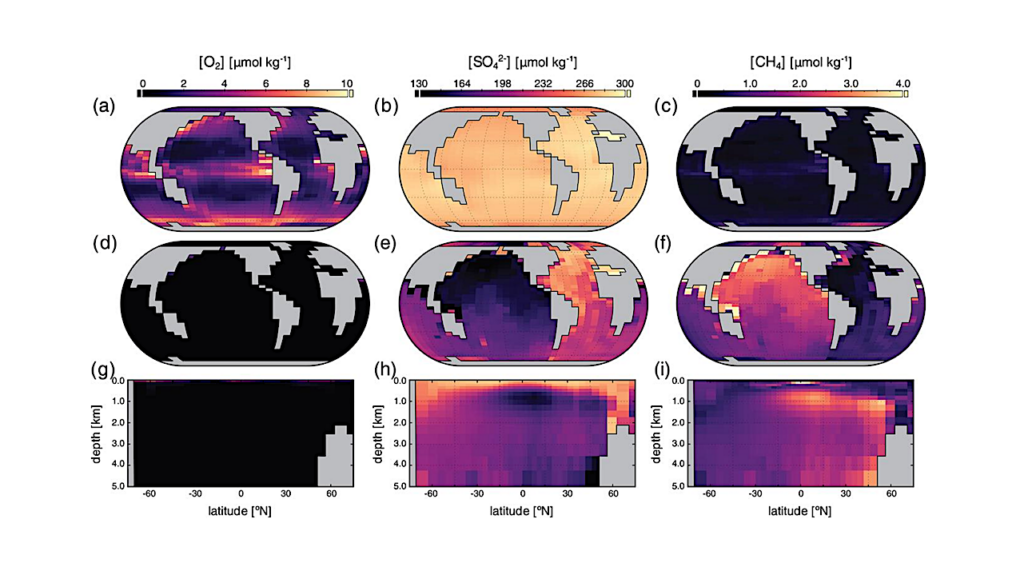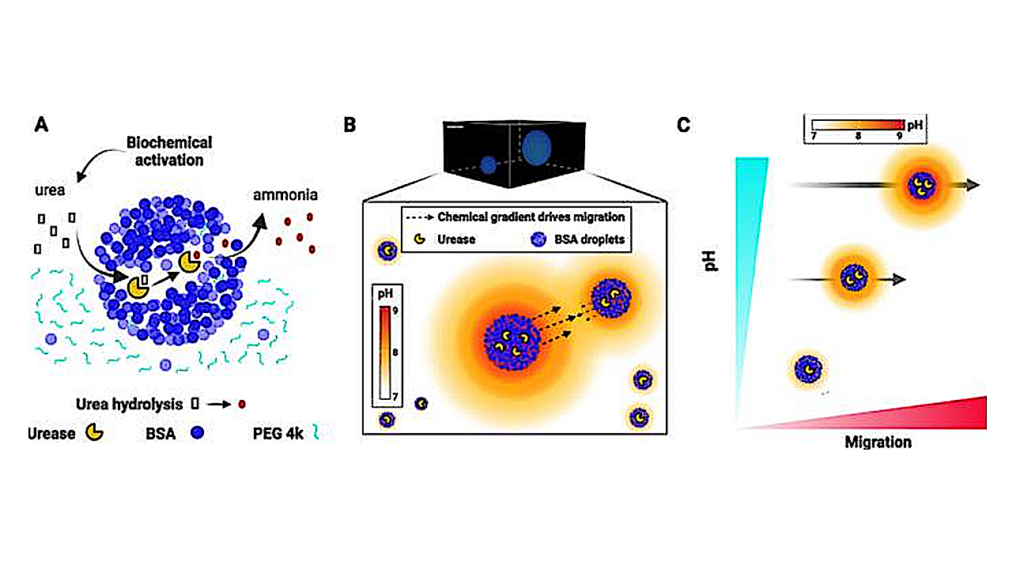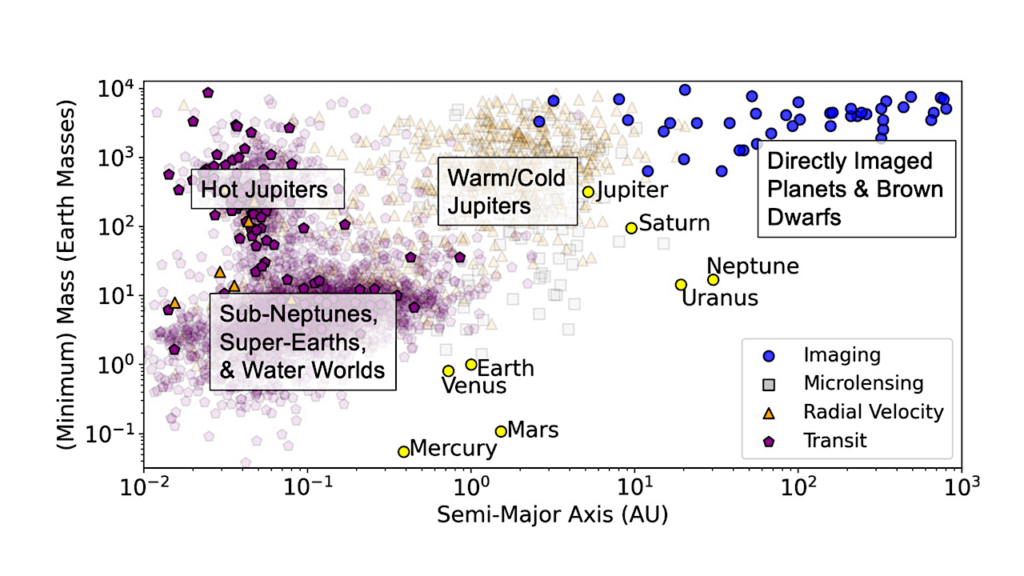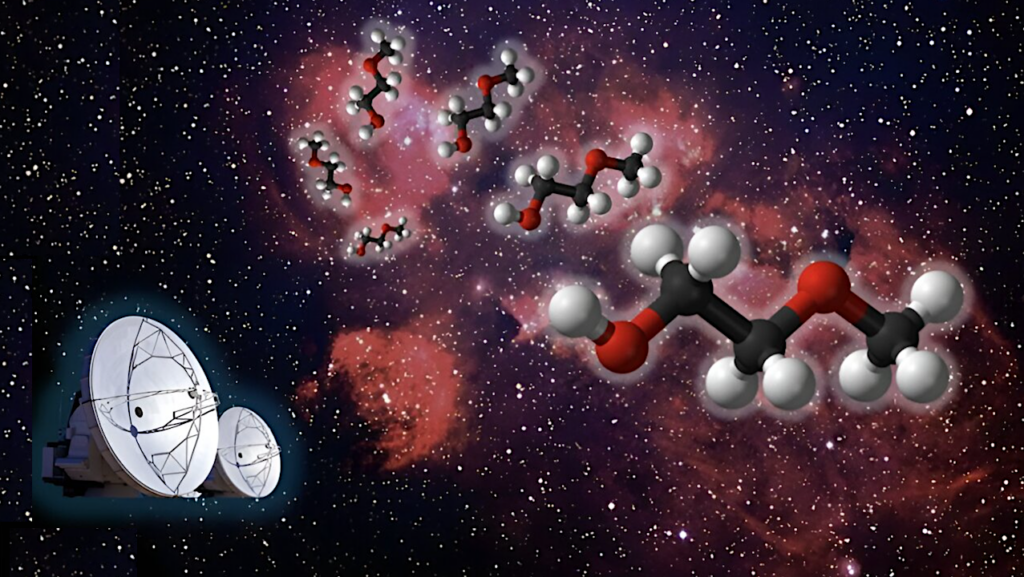The Effect Of Varying Atmospheric Pressure Upon Habitability And Biosignatures Of Earth-like Planets

Understanding the possible climatic conditions on rocky extrasolar planets, and thereby their potential habitability, is one of the major subjects of exoplanet research.
Determining how the climate, as well as potential atmospheric biosignatures, change under different conditions is a key aspect when studying Earth-like exoplanets. One important property is the atmospheric mass hence pressure and its influence on the climatic conditions. Therefore, the aim of the present study is to understand the influence of atmospheric mass on climate, hence habitability, and the spectral appearance of planets with Earth-like, that is, N2-O2 dominated, atmospheres orbiting the Sun at 1 Astronomical Unit.
This work utilizes a 1D coupled, cloud-free, climate-photochemical atmospheric column model; varies atmospheric surface pressure from 0.5 bar to 30 bar; and investigates temperature and key species profiles, as well as emission and brightness temperature spectra in a range between 2{\mu}m – 20{\mu}m. Increasing the surface pressure up to 4 bar leads to an increase in the surface temperature due to increased greenhouse warming. Above this point, Rayleigh scattering dominates and the surface temperature decreases, reaching surface temperatures below 273K (approximately at ~34 bar surface pressure).
For ozone, nitrous oxide, water, methane, and carbon dioxide, the spectral response either increases with surface temperature or pressure depending on the species. Masking effects occur, for example, for the bands of the biosignatures ozone and nitrous oxide by carbon dioxide, which could be visible in low carbon dioxide atmospheres.
Engin Keles, John Lee Grenfell, Mareike Godolt, Barbara Stracke, Heike Rauer
Subjects: Earth and Planetary Astrophysics (astro-ph.EP)
Journal reference: Astrobiology, Volume 18, Issue 2, 2018, pp.116-132
DOI: 10.1089/ast.2016.1632
Cite as: arXiv:2006.05207 [astro-ph.EP] (or arXiv:2006.05207v1 [astro-ph.EP] for this version)
Submission history
From: Engin Keles
[v1] Tue, 9 Jun 2020 12:05:24 UTC (5,263 KB)
https://arxiv.org/abs/2006.05207
Astrobiology








